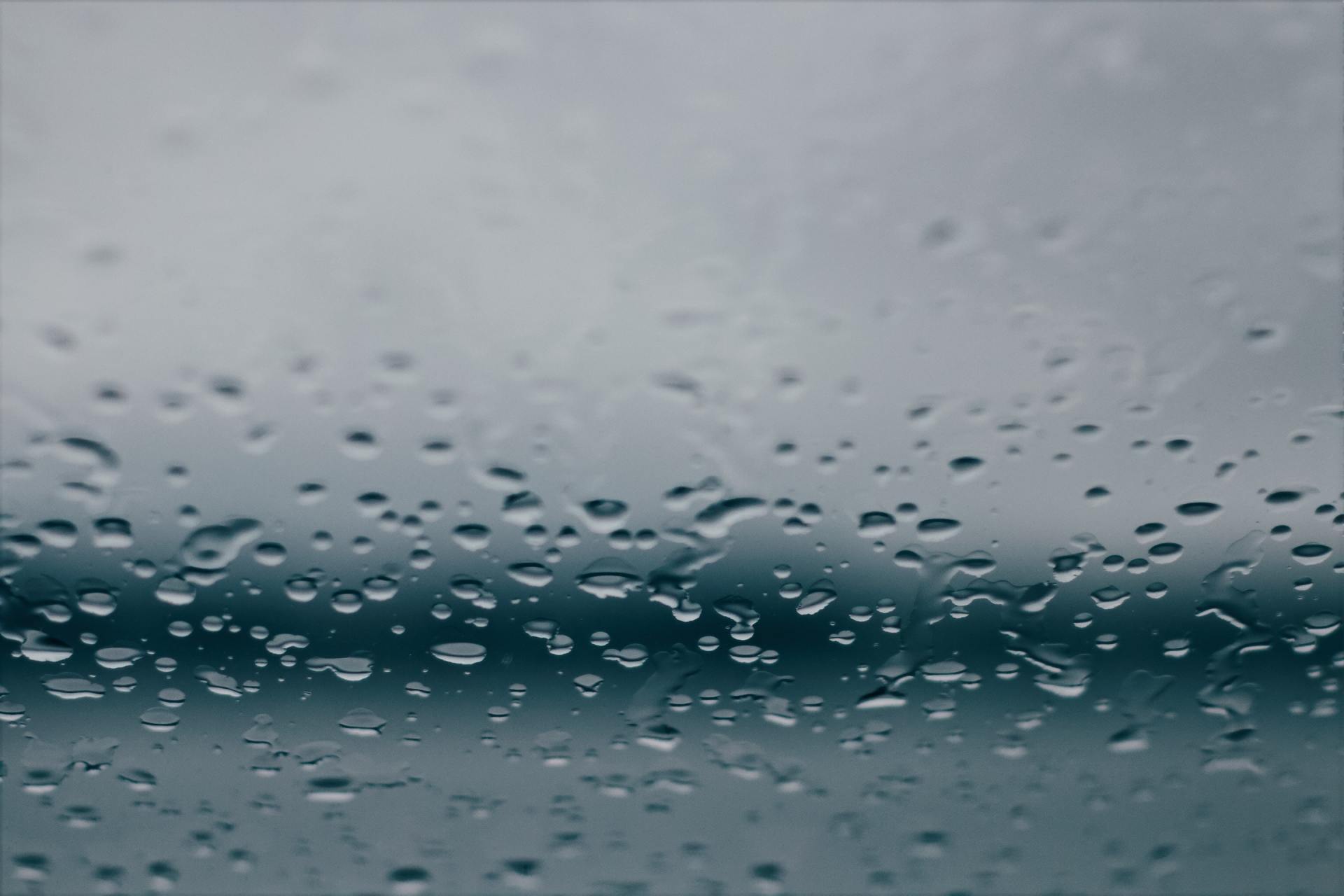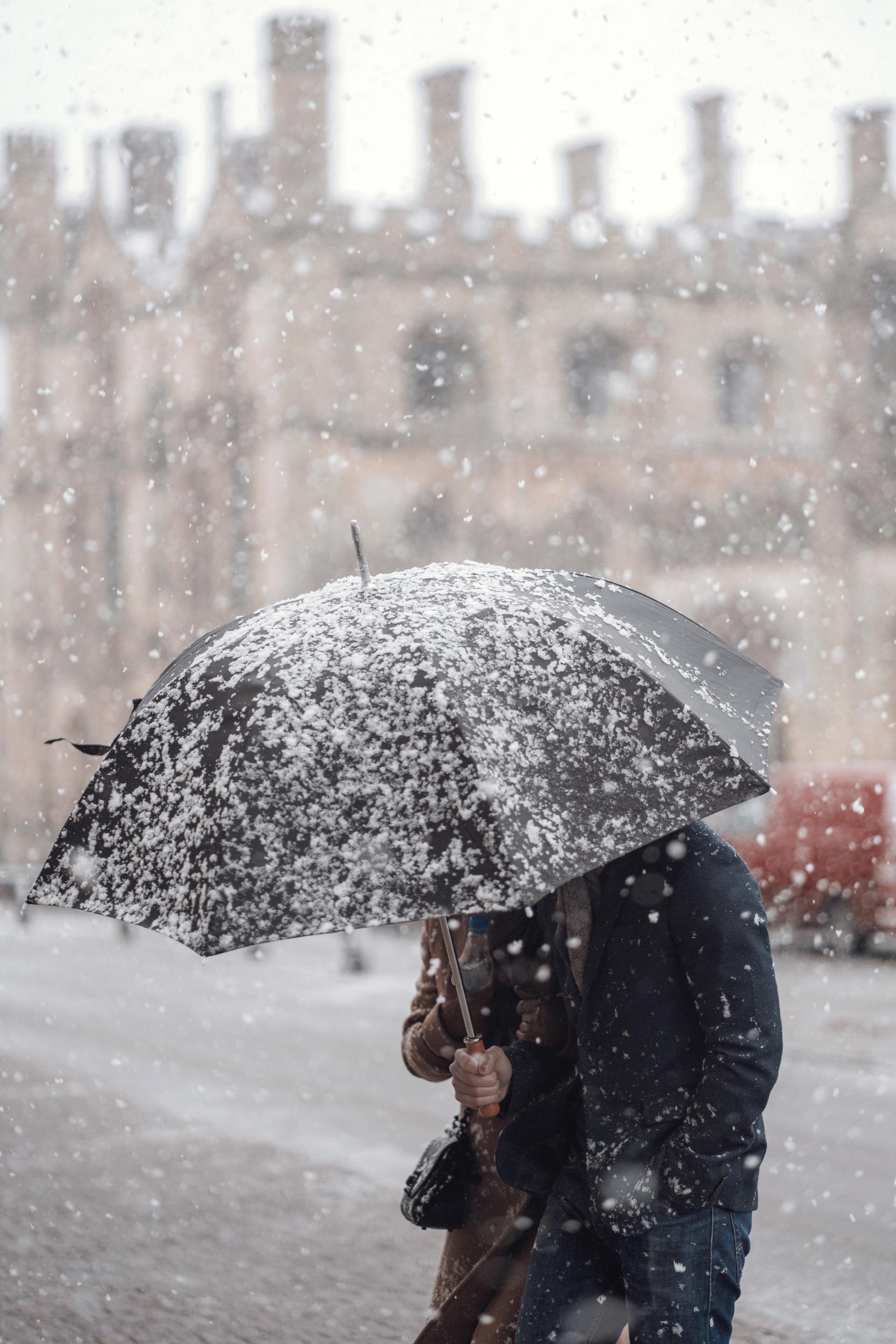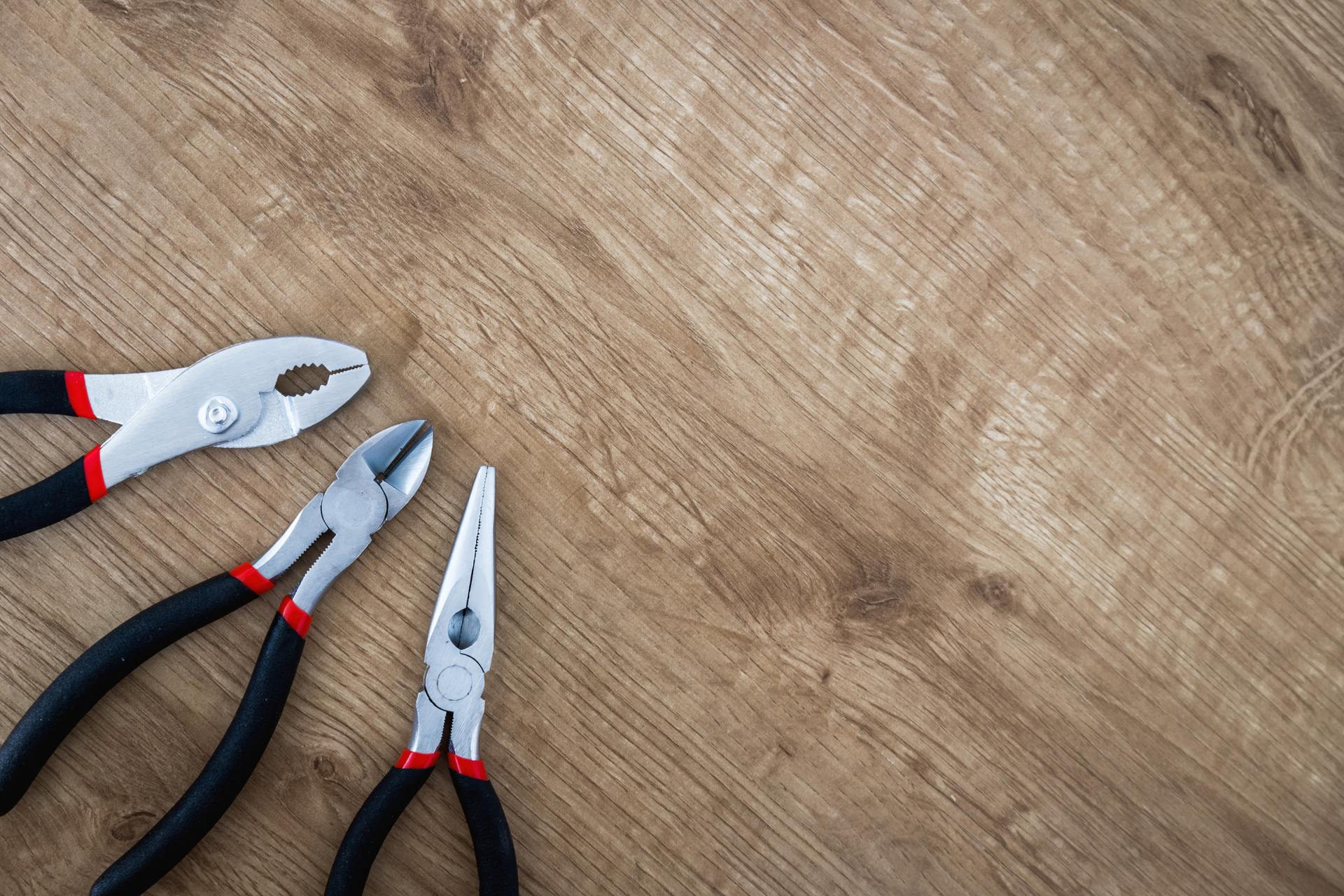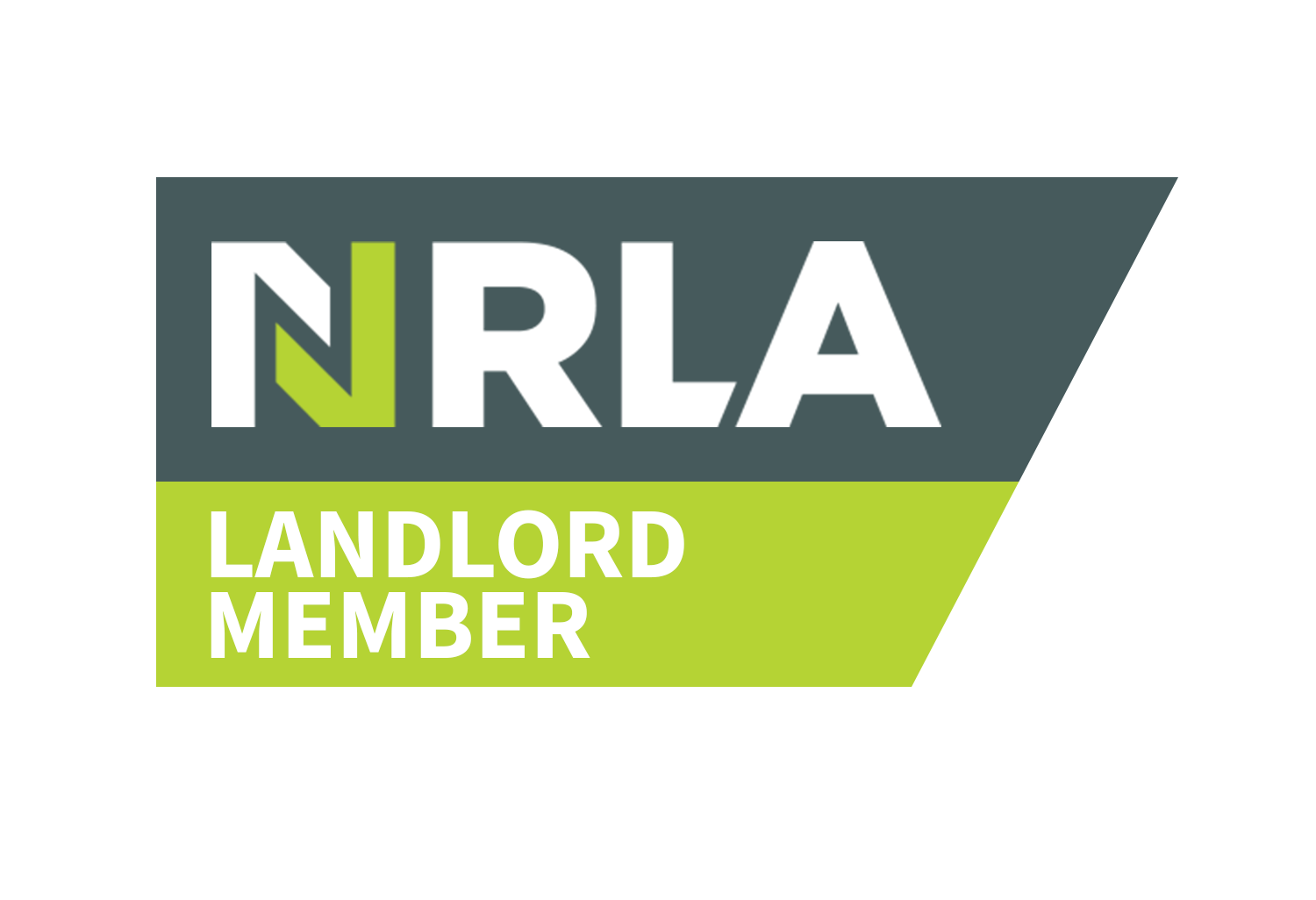Our Guide To Settling In To Your New Home

Our handy guide to settling into your new home gives impartial advice on what to expect over the next year with some tips on how to take care of your new home in the first few months.
It is important to rememeber that you need to allow your home to settle – this includes allowing it to dry out gently. During this period, you may notice minor cracks in walls, gaps in joinery and white deposits on the walls all of which are completely normal in new homes and may occur regardless of the measures you take. However, you can reduce the chance of this happening by following the steps outlined in this handy guide.

Homes should be run-in gently over the first few months. This is because building materials will have absorbed water during construction and need to be allowed to dry out slowly. As your home is lived in and heated, timber and other materials will shrink and this can cause small cracks on walls, gaps in joinery and ceiling finishes. These cracks are not structurally significant, and they can normally be put right very easily with ordinary filler and some fresh paint during routine redecoration. However, because such minor cracks are inevitable, we are not required to rectify them. To keep cracks and gaps to a minimum you need to allow all the materials used in constructing your home to dry out gradually. Shrinkage is accelerated by heat, so you need to be sparing with it and importantly try to keep an even temperature throughout your home. If you move in during colder months, please don’t be tempted to turn the central heating up to its highest setting to your home can warm up and dry out gradually. Leaving your windows open (or at least the trickle vents) will help to ventilate your home and allow moisture to evaporate more naturally. The length of time your house takes to dry out depends on how it was built and what sort of weather conditions there are when you first move in, generally speaking, it will take around nine months to a year.

The appearance of a white deposit on the wall (known as efflorescence) can also be an effect of the drying-out process. These white deposits are actually natural salts that come out of the wall materials and are quite normal. These salts are not harmful and usually disappear over time, and where they appear on internal walls, they ca be brushed or wiped away. However, if the white deposits continue to appear on internal walls, it could indicate a water leak. If that’s the case, you should contact us.

Condensation is caused by steam or water vapour coming into contact with cold surfaces, such as walls, ceilings and windows. Condensation can be the result of evaporation of moisture from building materials, which is quite common in new homes. If allowed to persist, condensation can result in the appearance of mould on interior surfaces and even on furnishings. Condensation will gradually reduce as the building dries out, but you should avoid contributing to it if you want to prevent the appearance of mould on walls and ceilings. There are a number of things you can do, even after the building itself has finished drying out, to protect your home against condensation. Open windows or window vents to allow trapped moisture to escape.
If a mechanical ventilation has been installed in your home, ensure that you familiarise yourself with the manual and manufacturer’s guidance. It is important to understand how these systems operate in order to run your home effectively.
- Cover pans when cooking to reduce steam and use the extractor fan where possible.
- Always use the extractor fan when bathing or taking a shower.
- Stop moist air spreading around your home by keeping doors closed when cooking or bathing.
- Avoid drying clothes indoors, especially on radiators.
- If you have one, make sure your tumble dryers venting duct leads outside (unless it is a self-condensing drying).
- Heat your home evenly and consistently. Ideally, you shouldn’t leave your heating off all day, as when you return home in the evening and start cooking or washing moist warm air will be created, which will settle on the cold surfaces and create condensation.
It's better if you don’t let condensation mould become a problem as preventing it is much easier than getting rid of it!

We recommend that you take all necessary precautions before going away on holiday or leaving your home unoccupied for long periods of time, but we cannot be held responsible for any damage caused if the correct precautions are not taken.

We are not responsible for any damage caused to your property by extreme weather conditions ie storms, high winds, freezing temperatures etc…
Our top tip: Check external taps (if fitted) to ensure they are lagged and drained. Any problems that arise due to extreme weather conditions should be covered by your own home insurance.

As you would expect, there are many areas within your new property that will benefit from regular maintenance. We recommend that locks and hinges to windows and doors are regularly lubricated to help keep the mechanisms in good working order.


